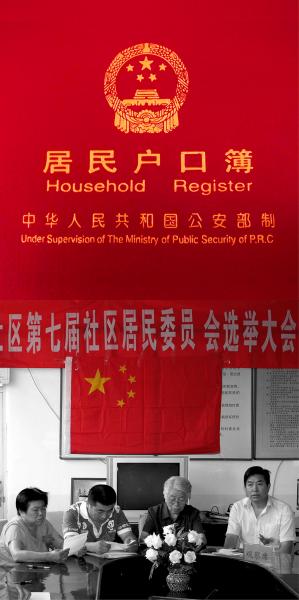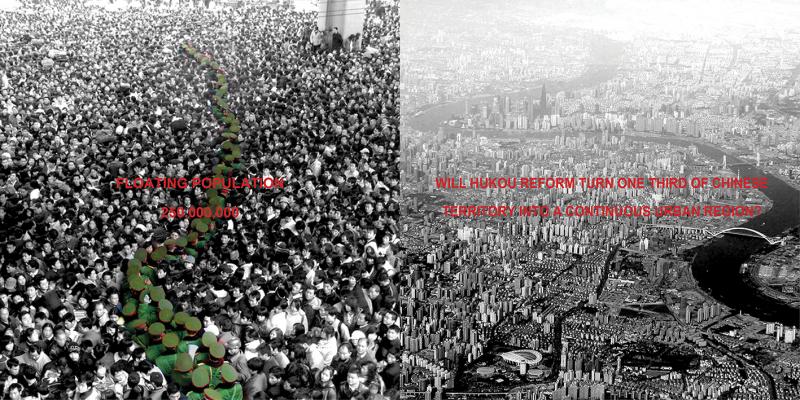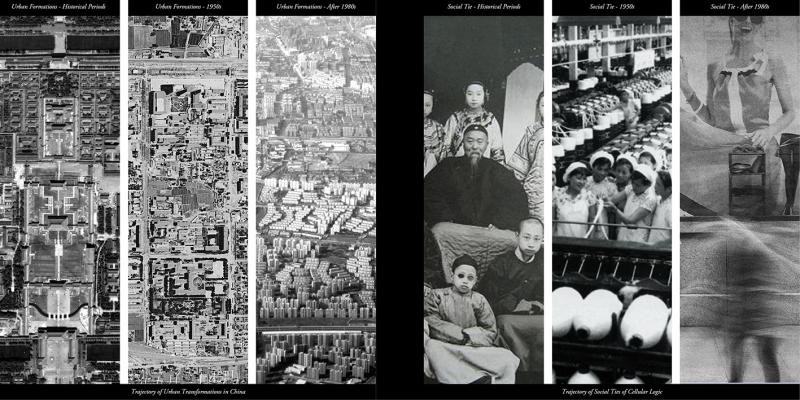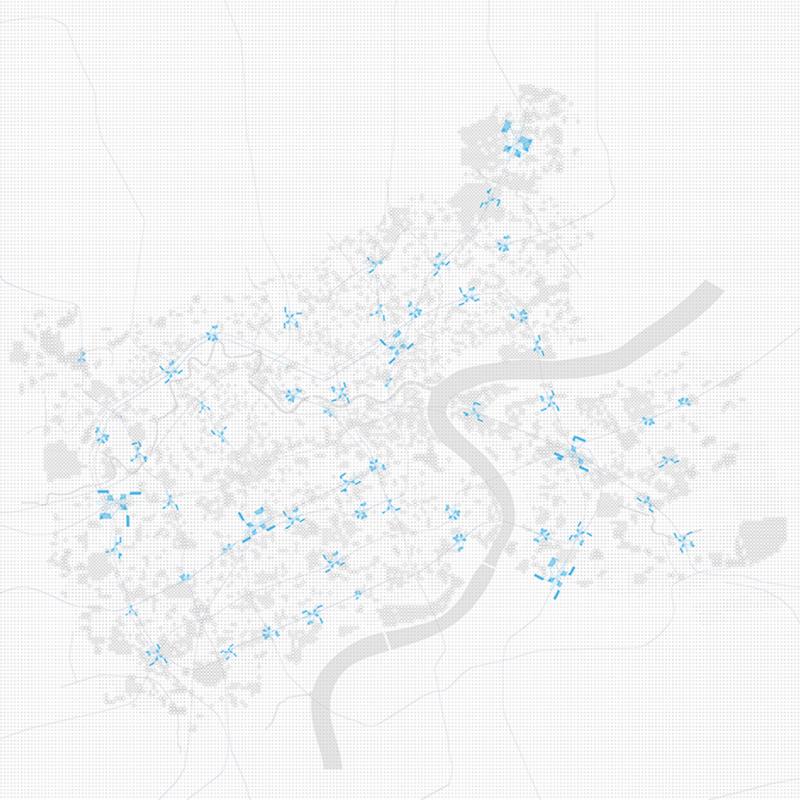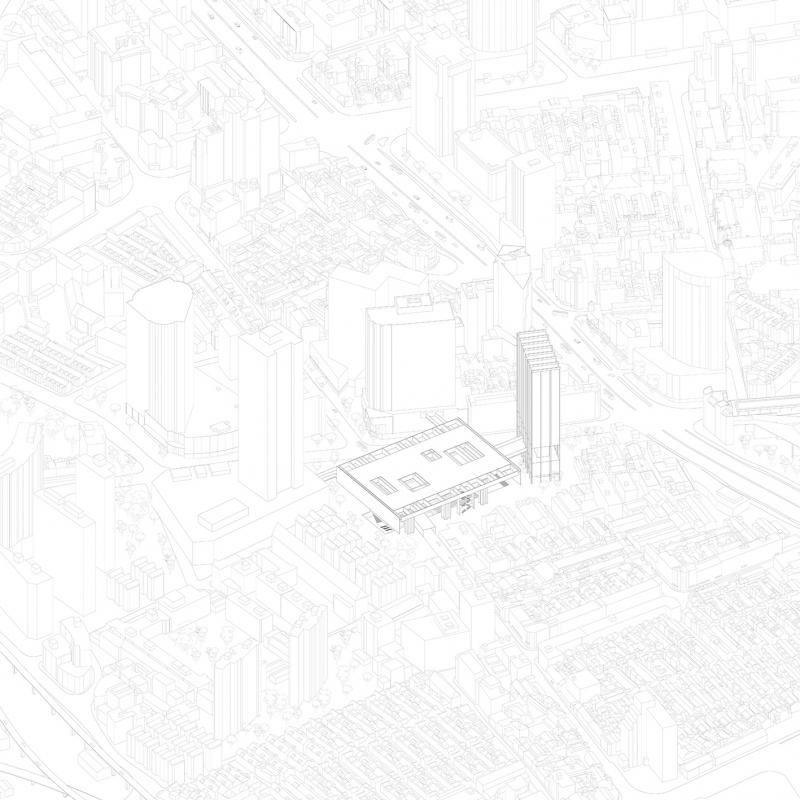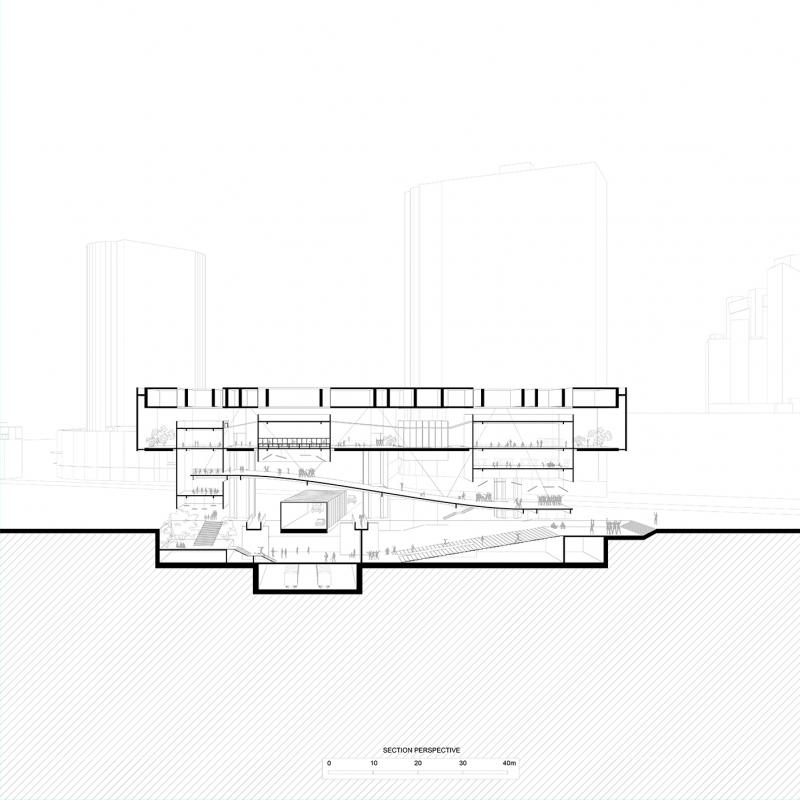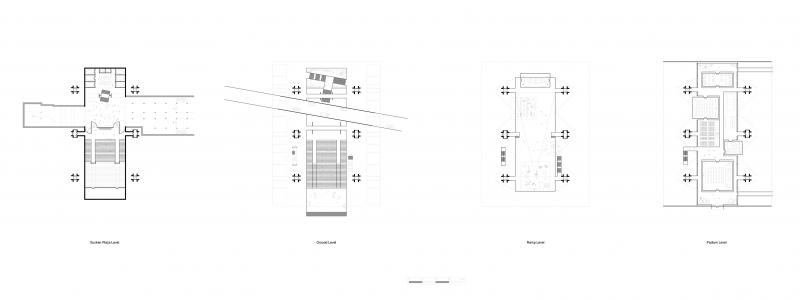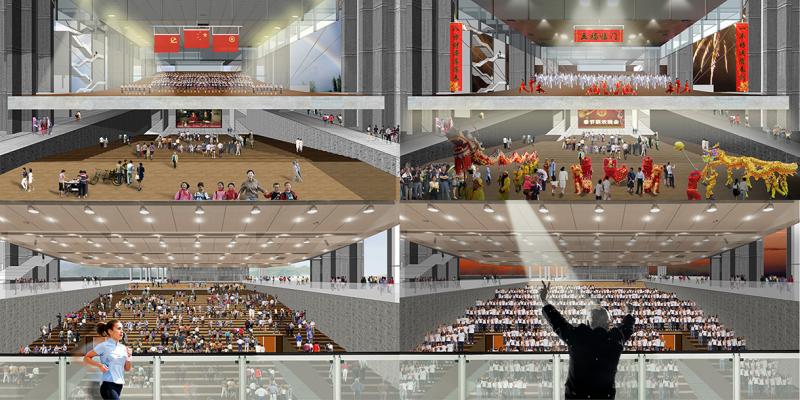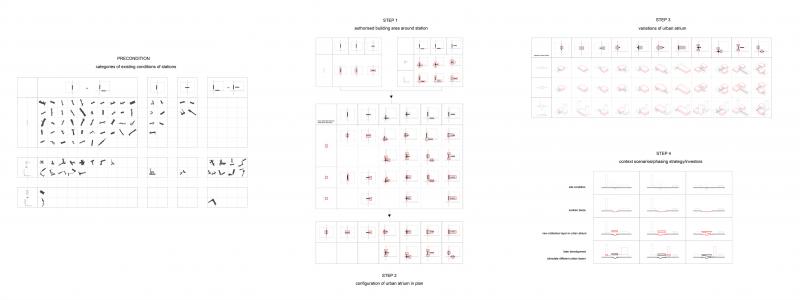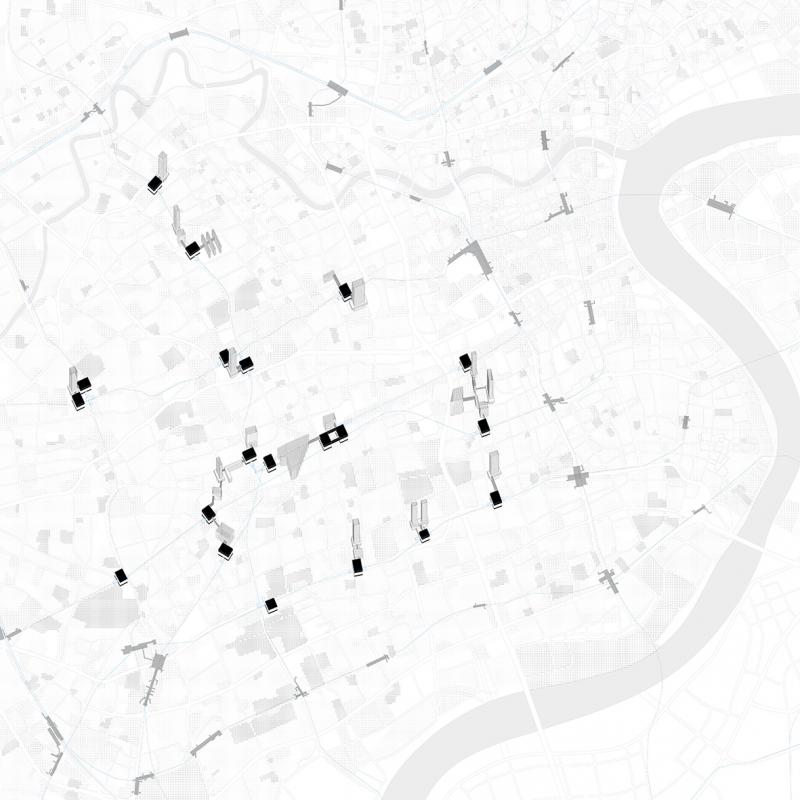01 Hukou Reform in P. R. China
In the two decades to come, Chinese cities will be confronted by a reform of the hukou (housing registration) system and consequently by new challenges of urban growth and densification. The hukou system is an administrative instrument of the central government used to control labour mobility and welfare distribution by dividing Chinese citizens into rural and urban households. The forthcoming reform will abolish this fundamental rural-urban dichotomy.

